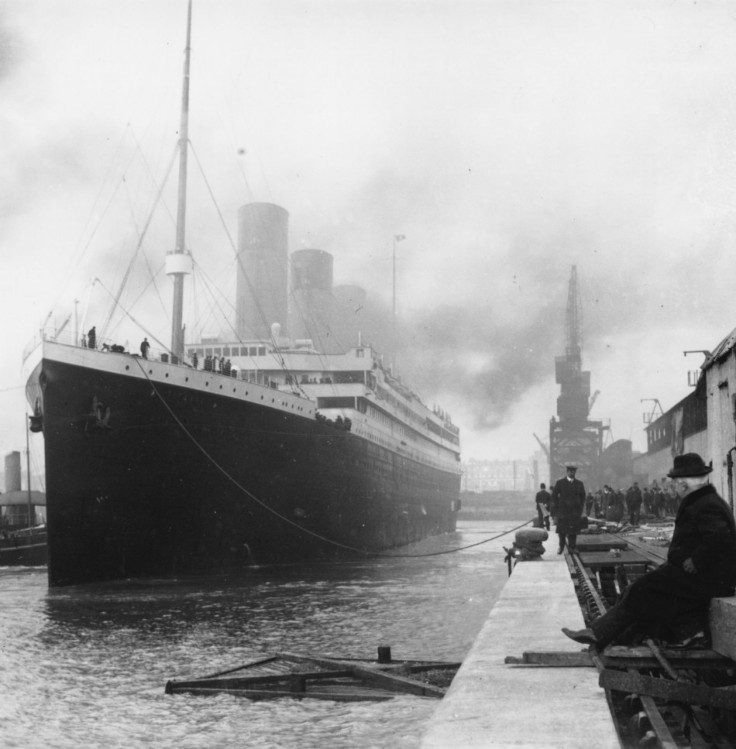New Book Debunks Titanic Myths, Suggests Iceberg Was Spotted Well in Time

A new reference book on the ill-fated Titanic that hit an iceberg and sank in the Atlantic Ocean in 1912 suggests that the iceberg was spotted well in time and that a mere delay of 30 seconds in turning the ship led to her fatal end.
Samuel Halpern, an American Titanic researcher and the lead author of the book, based his thesis on the testimonies of the officers aboard who saw the ship striking the iceberg April 15, 1912, during her maiden voyage from Southampton, England, to New York.
If the first officer (William Murdoch) had reacted sooner - maybe even 15 seconds sooner - the ship would have missed. I believe it was a delay so he could see whether the ship was going to miss the iceberg without the need for turning. It was a judgment call. And he misjudged, Halpern told the Telegraph.
The book, titled Report into the loss of the SS Titanic: A Centennial Reappraisal, debunks several myths about the Titanic, her fateful journey and ice warnings received.
The authors have written on the book's Web site that during the official American and British inquiries in 1912, a number of erroneous conclusions were made due to lack of sufficient time to digest or analyze a vast body of testimony.
The 1997 epic film Titanic was based on such errors that further strengthened the long-held myths about the ship, dubbed as unsinkable, they said.
Some of the myths, which the authors of the book claim to have dispelled, are linked to the structure of the ship. According to authors of the book, like any ships of the era, the Titanic could not have withstood a collision with an iceberg.
Titanic's rudder was not too small for her size, contrary to popular belief, to enable a sharp turn to avoid any obstacle, the authors added. They noted that Murdoch had been shown to have shot himself in the film, but in reality, he died during the sinking.
The revelation comes just in few months before the centenary year of the sinking of Titanic next year. The shipwreck, which was discovered in more than 12,400 feet of water in the North Atlantic in 1985, is now considered an archaeological resource site as defined under the United States Archaeological Resources Protection Act.
© Copyright IBTimes 2024. All rights reserved.





















